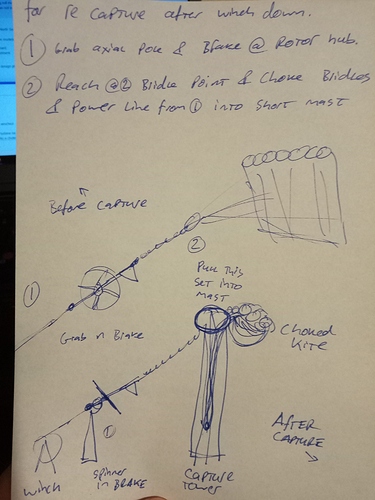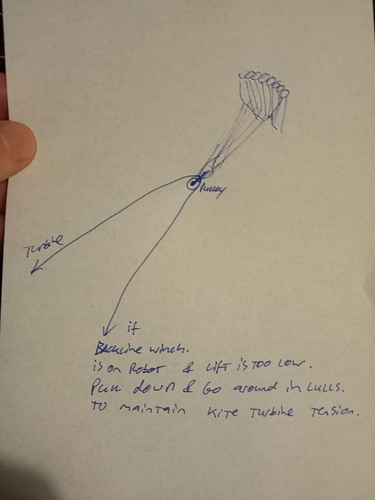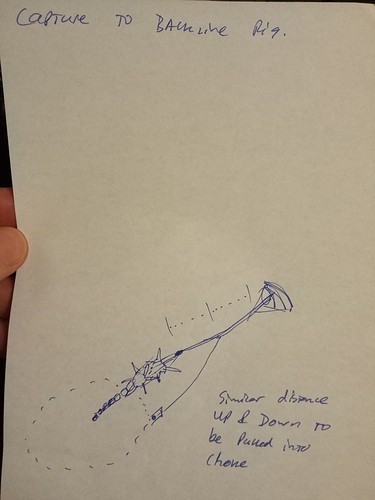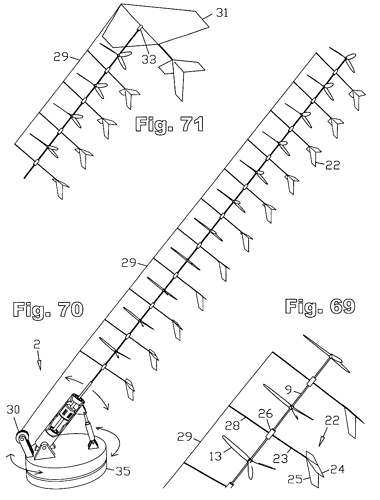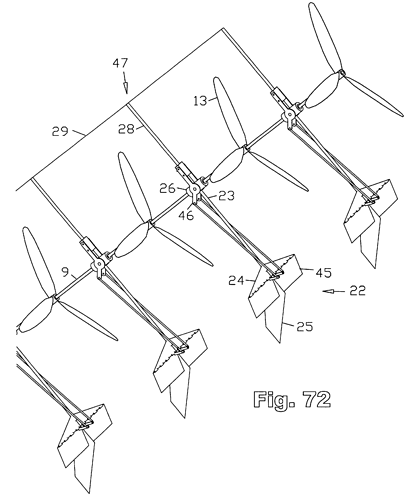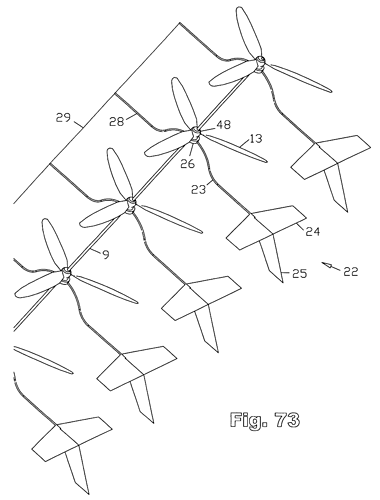We default to AWE not being commercialy viable, as today there exists no commercially interesting AWE. There may be some possible exceptions that we will not consider, this is more on a philosophical level.
A potential for commercial viability was shown many years ago, eg in the paper by Miles Loyd — «the holy grail»
Now if someone wants to tap into that potential, one must navigate the limitations that exist. These may be handling, tether drag, cost, gravity, robustness, technological complexity, aeroelasticity and so on.
If Alice puts forth an idea to find «the holy grail», it does provide some value for others to point to known limitations that will make that plan impossible or difficult to achieve. Eg. «the leading edge will not endure the beating from dust in the air». Alice may or may not have considered these limitation. But if Alice thinks such limitations are possible to overcome, it is fair to not tackle these immediately, and rather focus on riskier elements of the plan. Such feedback is very valuable though.
Also, Alice must expect to meet unexpected limitations once learning more, and these may or may not be showstoppers. This is the process of learning and exploration. Looking back at the previous paragraph, it is better to learn from other´s experience rather than making your own experiences. As a community we must respect that we are at different points in our learning and exploration process, and also that we arrived at different conclusions on the way.
On the other hand, it does not provide any value to make sweeping and vague negative comments as a proof that a certain venture is infeasible. Like: «Makani proved that flygen is not possible, because …». People presenting such claims I consider «naysayers» that do not believe in «the holy grail», or who are content with defaulting to AWE not being viable. These type of claims are just wasted time and provide negative value to the discussion. The feedback may refer to AWE in general, or just a part of AWE research, such as saying rigid wing AWE is impossible while soft wing AWE is possible.
Now I want to change focus to Makani, and what seems to be the reason that they crashed in the North Sea.
First a recap: When landing in VTOL, the nose was pointing more or less towards up, or even slightly away from the buoy. The kite started to roll, eventually leading to loss of control of the kite. The tether was the only means of stabilizing the kite in roll during VTOL. A contributing reason was lack of stabilizing moment in roll as the tether was facing mostly along the fuselage, and at the same time, the buoy motion interfered with the tether tension.
I believe this crash may have had significant impact on Makanis demise (pure guesswork though). I therefore make the claim that a reason that Makani failed was their inability to foresee this limitation. For someone to succeed in AWE i think it is of utmost importance that the team are able to identify and work around most limitations before they are discovered in flight.
It seems the Makani team either did not believe lack of stabilizing roll moment this would be a real limitation, or they did not see it coming. Either way, the failure was not in the design, rather the inability to remedy this at an earlier point.
I am not saying that @dougselsam agrees with me on this, but I think my conclusions are along the same lines as his. My conclusions on Makani and probably a few others in the AWE industry would be along the lines of: «You know nothing John Snow»
How can this be remedied? The only thing I can think of is having the right talent at the right place. It seems though Makani made an impressive presentation, they were still not sufficiently refined in their concept. No doubt AWE is either difficult or impossible to commercialize in 2020. Perhaps those with the required talent quickly end up in the «naysayers» camp and focus their energy elsewhere. Perhaps someone will eventually make it happen.

